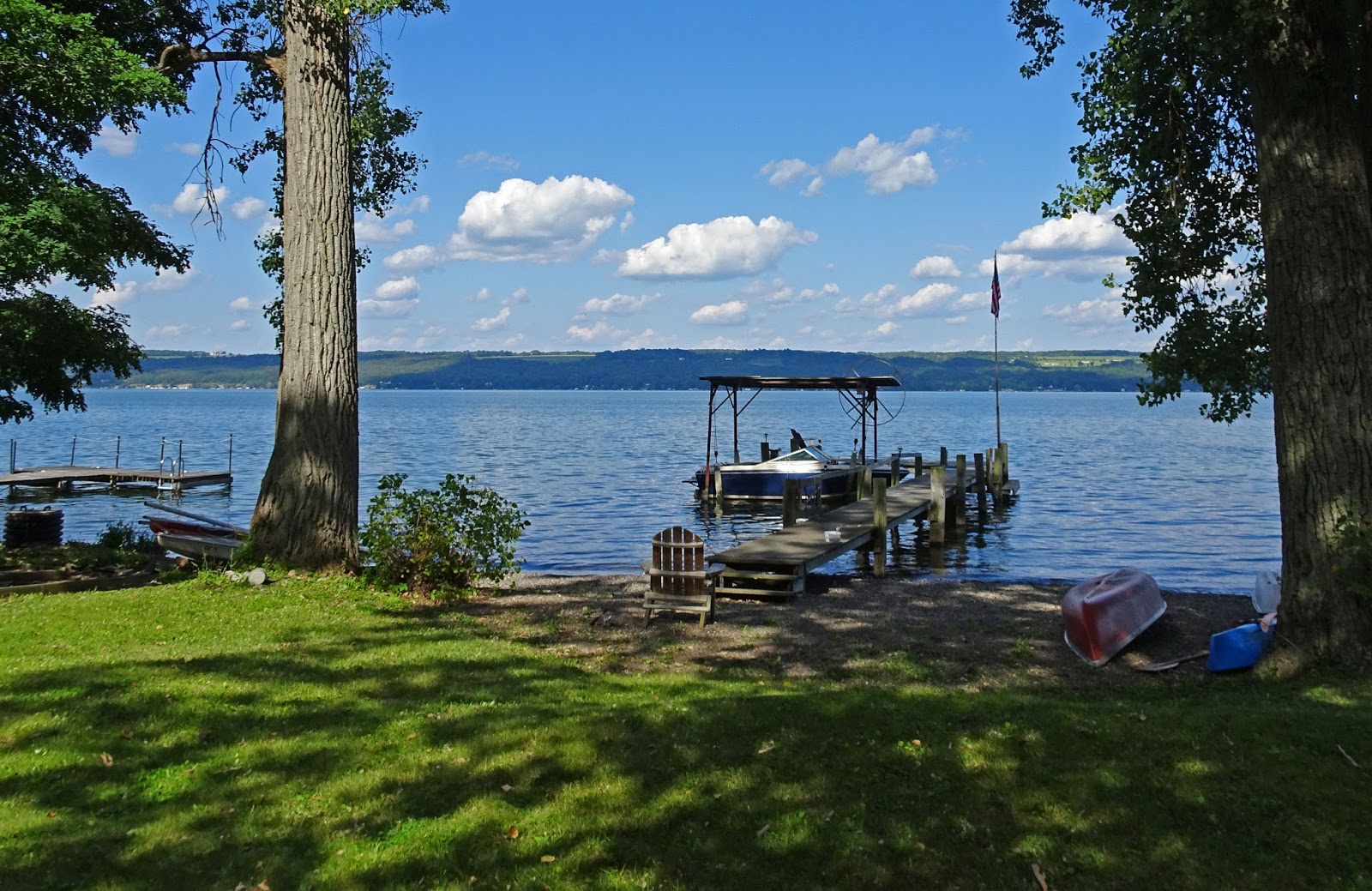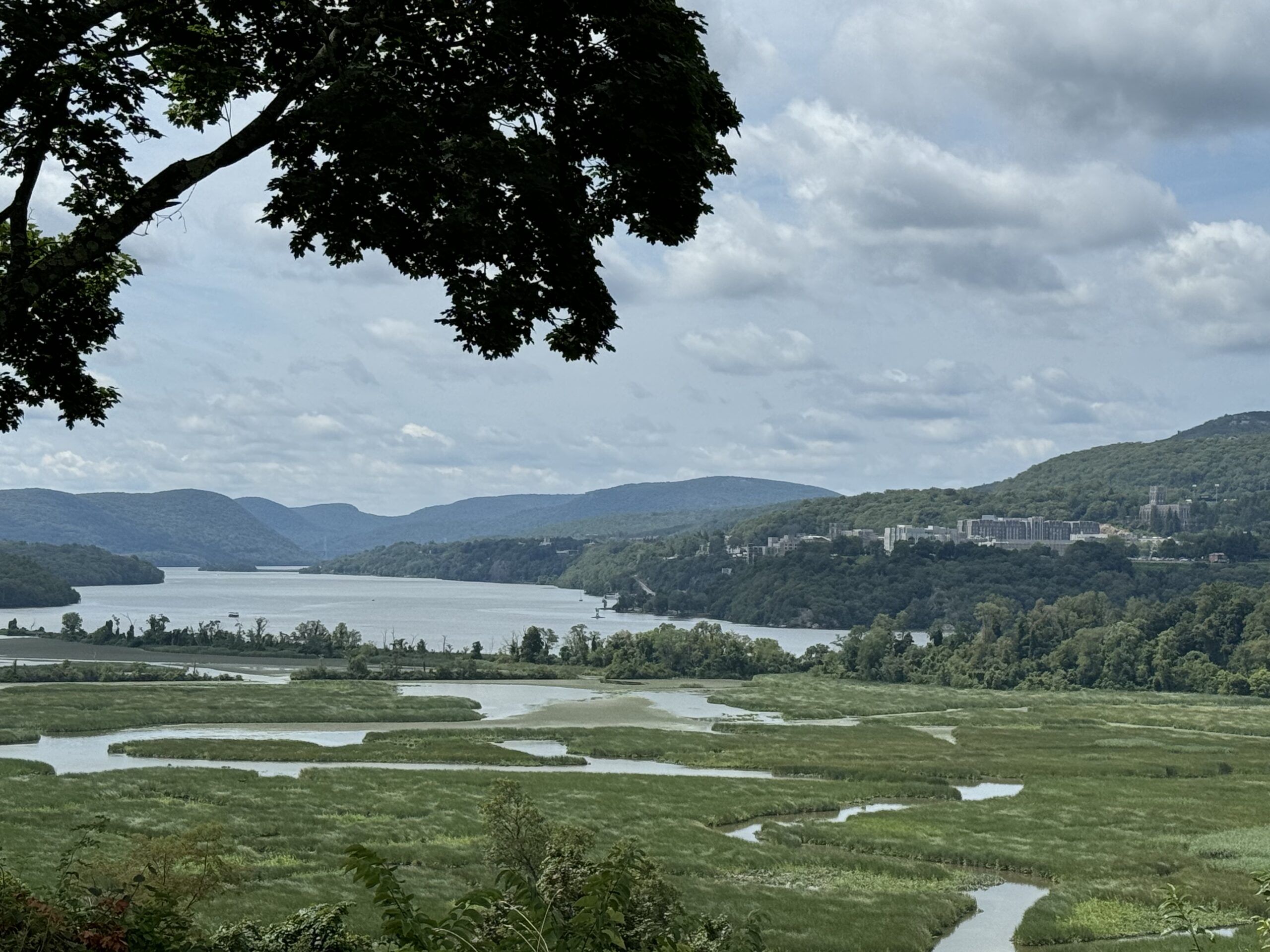
A Journey “Round Manhattan’s Rim”
Exploring Manhattan's Waterfront
In 1933, amidst the challenges of the Great Depression, Helen Worden embarked on a remarkable journey around the perimeter of Manhattan Island with her friend, Mrs. Steinway. Their expedition, chronicled in Worden’s captivating book “Round Manhattan’s Rim,” offers readers a vivid exploration of the island’s lesser-known waterfront.
Discovering Manhattan's Periphery
Helen Worden’s narrative begins at the Battery, the southern tip of Manhattan Island, where they set off to circumnavigate the city. From this historic starting point, Worden and Mrs. Steinway navigate northward along the East River, tracing Manhattan’s edge through a landscape shaped by history and industry.
The East River and Lower Manhattan
Starting from the Battery, Worden and Steinway travel northward along the East River, passing by the bustling financial district and the historic South Street Seaport. The journey unfolds amidst the backdrop of Lower Manhattan’s iconic skyline, where skyscrapers mingle with remnants of New York City’s maritime past.
Midtown and the Upper East Side
Continuing their journey along the East River, Worden’s narrative encompasses the vibrant neighborhoods of Midtown Manhattan and the Upper East Side. They pass iconic landmarks such as Roosevelt Island and Gracie Mansion, the almshouse and slaughterhouse districts, Beekman and Sutton Place, offering insights into Manhattan’s residential and cultural evolution.
The Harlem River
Turning westward at the Harlem River, Worden explores the northern reaches of Manhattan, where industrial landscapes give way to tranquil parks, small farms, boatclubs and residential enclaves. Inwood Hill Park, with its rugged terrain and sweeping views of the Hudson River, marks a serene contrast to the bustling city below.
West Side Splendor
Heading south along the Hudson River, Worden delves into the liveaboard boaters, Patchtowns of homeless, railroad yards, ‘Death Avenue’. The west side’s waterfront offers panoramic vistas of New Jersey’s skyline, showcasing Manhattan’s enduring allure as an island city shaped by its surrounding waters.
Urban Evolution and Cultural Diversity
Throughout “Round Manhattan’s Rim,” Worden intertwines themes of urban development and cultural diversity. The book serves as a testament to Manhattan’s resilience amidst economic turmoil, highlighting how its waterfront spaces have evolved.
Worden’s meticulous research and engaging narrative style bring to life the stories of Manhattan’s neighborhoods and their waterfronts. Her journey around Manhattan’s rim not only highlights the island’s overlooked periphery but also inspires a deeper appreciation for the interconnectedness of urban spaces and natural environments.
Urban Evolution and Cultural Diversity
Worden’s account resonates with readers by capturing the essence of a city constantly evolving yet anchored by its maritime roots.
Helen Worden’s “Round Manhattan’s Rim” is not just a travelogue but a historical document that captures a moment in time amidst economic uncertainty. Through Worden’s eyes, readers gain a renewed appreciation for Manhattan’s waterfront—a dynamic blend of resilience, innovation, and cultural richness. Her journey with Mrs. Steinway serves as a testament to the enduring allure of New York City’s periphery and the stories it continues to tell about urban life and evolution.
“Round Manhattan’s Rim” stands as a testament to the enduring allure of Manhattan’s waterfront—a dynamic blend of resilience, innovation, and cultural richness. Worden’s journey with Mrs. Steinway offers readers a timeless exploration of a city shaped by its maritime roots and the vibrant communities that line its shores.
All sales support the mission and programs of Going Coastal
“Romance and adventure lie on the waterfront of a great city”
Helen Worden, Round Manhattan’s Rim
COASTAL CURATED
Share:
post a comment cancel reply
You must be logged in to post a comment.
















